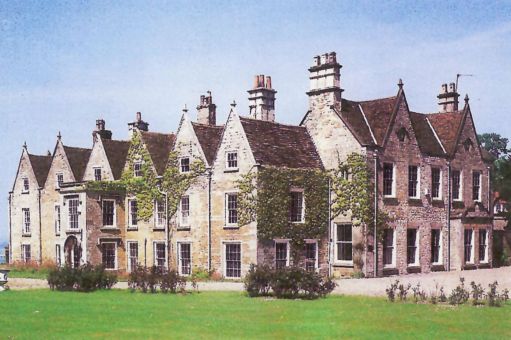Coleby Hall

The great Domesday survey compiled for King William in 1086 recorded that Coleby already had a Church and a priest. That early Church was soon replaced by Norman builders who retained the base of the Saxon tower and incorporated it into the new structure. A ‘keyhole’ window in the south side of the tower and a slit window in the north side are two of the Saxon features which remain. The present All Saints Church has developed from that Norman building and its diverse architectural styles reflect the many alterations and extensions which have taken place over succeeding centuries.
Always predominantly an agricultural settlement, Coleby is still surrounded by farmland. The parish was enclosed in 1760 when the medieval open field system was exchanged for individual farms. For centuries most of Coleby’s male population worked on these farms or on farms in neighbouring parishes, but now only a few Coleby people are engaged in agriculture. Many of the old farmhouses and farmworkers’ cottages remain and two stone built, late 18th century houses, formerly the Manor Farmhouse and the Ivy Farmhouse, can be seen in the High Street. Here also is “The Old House” with its 17th century gabled wing abutting the street.
